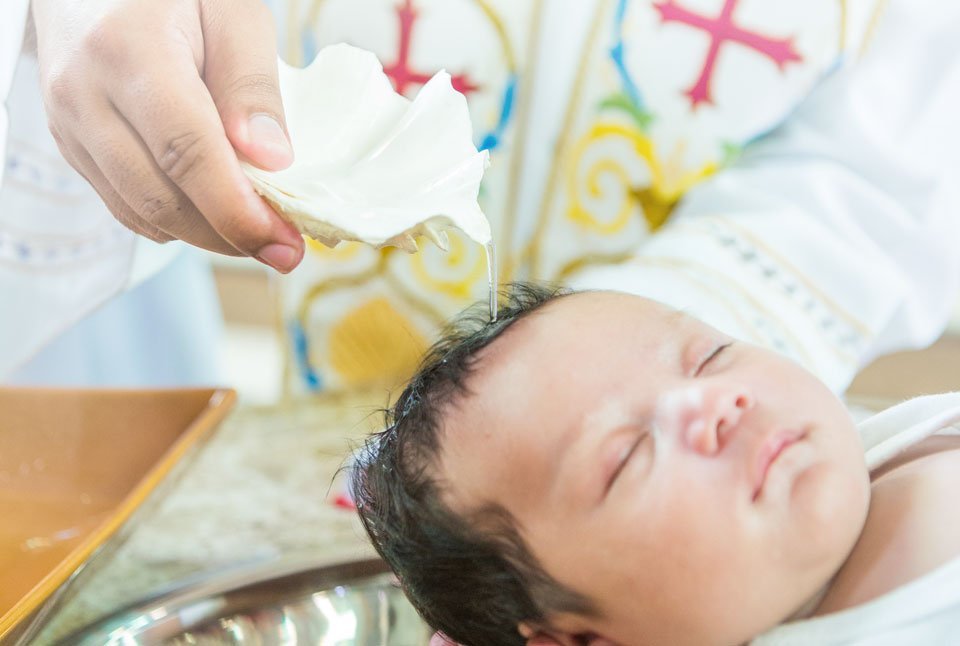Biñan’s
Beginnings
Biñan is one of the oldest towns in the Philippines, almost as old as Manila, perhaps even older if its existence as a settlement before the Spaniards arrived is considered. But even going only as far back as recorded history, Biñan would still be at least three centuries old. This would mean a very rich historical past, a great wealth of old practices, traditions, music, art and literary forms, and old stories that must have accumulated and been waiting to be uncovered and brought back to life. To understand Biñan and discover its real treasures, one needs to look back and trace its beginnings.
Discovery &
Founding
Before the Spanish conquistadores (conquerors) came to the Philippine archipelago in the 16th century, the shores of Laguna de Baý were inhabited by settlers from Baý, some from the island of Mindoro, who traded local produce for Chinese porcelains and potteries with merchants from Guangzhou and Quanzhou.
In June 1571, soon after Miguel Lopez de Legazpi founded Manila, his grandson, Capitan Juan de Salcedo, brought troops of Mexican soldiers with him to explore the eastern areas of Laguna de Baý, the area that was then the province of Morong, now Rizal. They conquered the early settlements in Morong and then proceeded to Pagsanjan, Nagcarlan, Majayjay, and Baý in Laguna. Baý served as the capital of the province until 1688.
After a series of successes in the southeastern part of Laguna, the Spaniards continued to sail northwest, arriving in Tabuco (now Cabuyao). They further explored the northern area, encountering fierce resistance from the natives of a community in Biñan. The natives, whose main source of livelihood was hunting and fishing, ay nanlaban (fought) with their bows, arrows, and bolos. So, this encounter was referred to as the Battle of Manlalaban, and the place came to be known as Manlalaban, which is now the present-day Barangay Malaban.
Despite the courage and bravery of the natives, however, the Spaniards, who had more powerful weapons, prevailed and occupied the area. Capitan Juan de Salcedo, together with Padre Alfonso de Alvarado and Padre Diego Espinar, planted a big wooden cross on the present location of the San Isidro Labrador Catholic Church to mark their victory. The natives were immediately baptized and converted to Christianity.

Stories behind the name
The etymology of the name “Biñan” is one of the town’s mysteries. Some say it came from a gigantic tree called banyan (Ficus benghalensis) and the term became hispanized, with Biñan as the outcome. However, since the tree is uncommon in the town, this story eventually became forgotten and other theories about the etymology came about.
Another known theory is that the name “Biñan” came from the Hindu word banyan, meaning mercader in Spanish, mangangalakal in Filipino, or merchant in English. This was because even before the arrival of the Spaniards, Biñan was already a haven for merchants, since natives were already trading actively with the Chinese, using the Biñan River as their main trade route.
Others believe that “Biñan” originated from binyagan or baptism. After the Spaniards prevailed over the town and Capitan Juan de Salcedo and the Augustinian priests planted a cross to mark their conquest, a thanksgiving mass was held and the natives were baptized and converted to Christianity. From then on, the inhabitants referred to the place as “binyagan”, which means baptismal place. The Spanish found it difficult to pronounce and ended up saying “biñan”; hence, the name of the town, Biñan.

